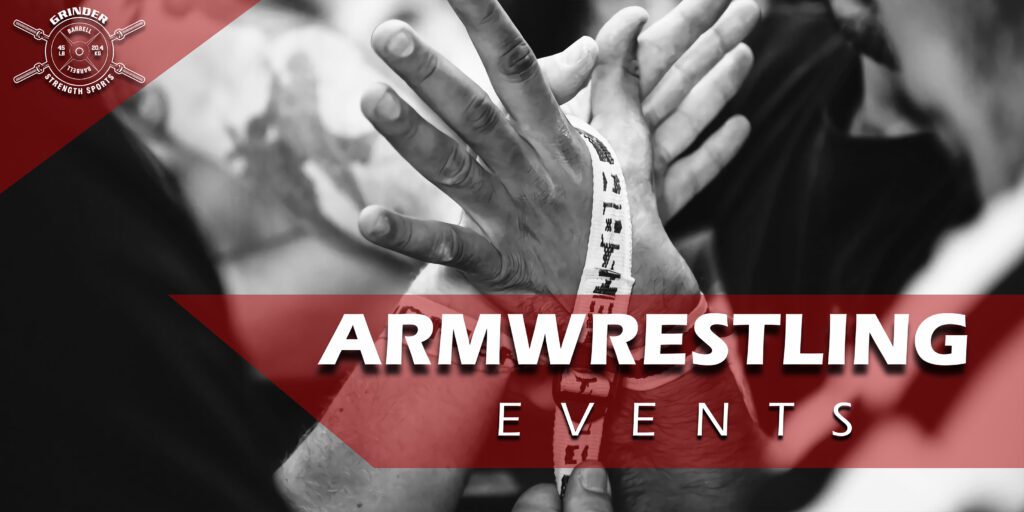Effectively managing the intensity of your training sessions is crucial for maximizing progress in armwrestling while minimizing the risk of injury. Balancing high, moderate, and low-intensity sessions ensures that you develop strength, endurance, and technique while allowing adequate recovery. This guide provides insights on how to structure your training intensity for optimal performance.
Defining Intensity Levels
High-Intensity Sessions:
- Characteristics:
- Involves maximum effort and near-maximal loads.
- Focuses on explosive power, speed, and peak performance.
- Examples:
- Max-effort lifts and pulls.
- Intense sparring sessions.
- Heavy resistance exercises with low reps.
- Benefits:
- Builds maximum strength and power.
- Enhances explosive movements and reaction time.
- Risks:
- Higher risk of injury if not performed correctly.
- Requires longer recovery periods.
Moderate-Intensity Sessions:
- Characteristics:
- Involves sub-maximal loads and moderate effort.
- Focuses on skill refinement, technique, and endurance.
- Examples:
- Technical drills with moderate resistance.
- Controlled sparring with focus on form.
- Medium resistance exercises with moderate reps.
- Benefits:
- Improves technique and muscle endurance.
- Allows for skill development without excessive strain.
- Risks:
- Lesser risk of injury compared to high-intensity sessions.
- Can still lead to fatigue if not balanced with low-intensity sessions.
Low-Intensity Sessions:
- Characteristics:
- Involves light loads and minimal effort.
- Focuses on recovery, flexibility, and light technical work.
- Examples:
- Light resistance band exercises.
- Easy sparring focusing on technique rather than power.
- Stretching and mobility drills.
- Benefits:
- Promotes active recovery and reduces muscle stiffness.
- Allows for technique refinement with minimal stress.
- Risks:
- Minimal risk of injury.
- Essential for balancing overall training load.
Balancing Intensity
Weekly Distribution:
- High-Intensity: 1-2 sessions per week.
- Moderate-Intensity: 2-3 sessions per week.
- Low-Intensity: 1-2 sessions per week.
Training Phase Considerations:
- Preparation Phase:
- Focus on building a base of strength and endurance with more moderate and low-intensity sessions.
- Competition Phase:
- Increase the frequency of high-intensity sessions to peak performance levels.
- Recovery Phase:
- Emphasize low-intensity sessions to allow for recovery and injury prevention.
Signs of Overtraining
Physical Symptoms:
- Persistent muscle soreness and fatigue.
- Decreased performance and strength levels.
- Increased incidence of injuries.
Mental Symptoms:
- Lack of motivation and burnout.
- Difficulty concentrating during training.
- Increased stress and anxiety.
Strategies to Prevent Overtraining:
- Ensure adequate rest and recovery between high-intensity sessions.
- Incorporate active recovery and low-intensity sessions regularly.
- Monitor your body’s response and adjust training intensity as needed.
Example Weekly Intensity Schedule
Monday – High-Intensity:
- Max-effort lifts and pulls.
- Intense sparring sessions focusing on explosive power.
Tuesday – Moderate-Intensity:
- Technical drills with moderate resistance.
- Controlled sparring focusing on form and technique.
Wednesday – Low-Intensity:
- Light resistance band exercises.
- Stretching and mobility drills.
Thursday – High-Intensity:
- Heavy resistance exercises with low reps.
- Max-effort technical drills.
Friday – Moderate-Intensity:
- Medium resistance exercises with moderate reps.
- Controlled sparring focusing on endurance.
Saturday – Low-Intensity:
- Easy sparring focusing on technique refinement.
- Light technical work and flexibility exercises.
Sunday – Rest or Active Recovery:
- Light walking or swimming.
- Gentle stretching and foam rolling.
Conclusion
Managing the intensity of your armwrestling training sessions is essential for maximizing performance and minimizing injury risk. By balancing high, moderate, and low-intensity sessions, you can develop strength, endurance, and technique while ensuring adequate recovery. Tailoring the intensity of your sessions to your training phase and individual needs will help you achieve peak performance and longevity in the sport of armwrestling.



